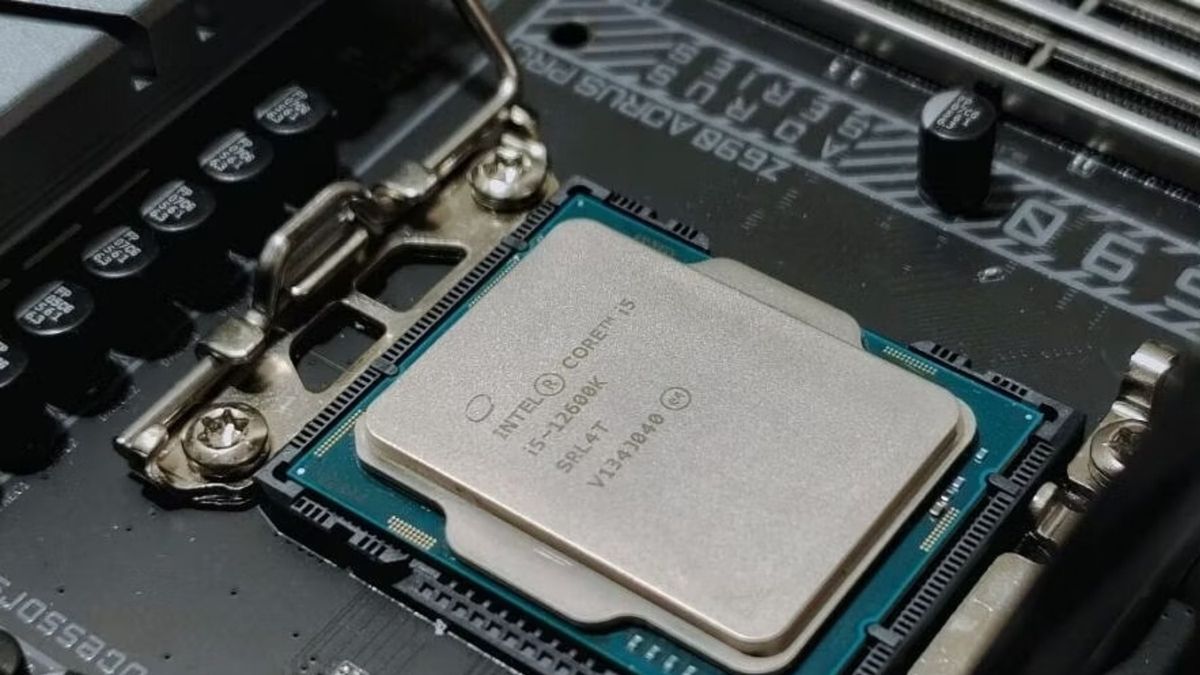64-bit processors have become the standard in modern computing, but the journey from 32-bit to 64-bit CPUs marks a significant technological leap. This transition was driven by the need for more powerful computing capabilities, as the limitations of 32-bit processors became increasingly apparent with the advancement of software and hardware demands. This article delves into the reasons behind the shift, the benefits of 64-bit CPUs, and a glimpse into what the future holds for processor technology.
Understanding Bit Size in CPUs
Bit size in processor architecture is crucial as it determines how much data a CPU can process in a single operation and the amount of memory it can address. A 32-bit processor can address up to 4GB of memory, a limitation that became a bottleneck for performance as applications and operating systems grew more demanding. On the other hand, 64-bit processors can theoretically address up to 18.4 million terabytes of memory, surpassing the needs of current and near-future computing demands, thereby providing a significant performance boost over their 32-bit counterparts.
Memory Limitations and System Performance
The memory addressing capability is a critical difference between 32-bit and 64-bit processors. The former’s 4GB memory cap was sufficient in the early 2000s, but as multitasking and advanced applications became the norm, this limit was quickly reached. The advent of 64-bit CPUs eliminated this bottleneck, supporting vastly greater amounts of RAM, enhancing multitasking, and enabling the running of more memory-intensive applications and games. Additionally, 64-bit processors come with twice as many general-purpose registers, further boosting their efficiency and performance.
The Future Beyond 64-bit
While 64-bit CPUs are the standard today, the question of moving to 128-bit or even 256-bit processors arises. Although technologically feasible, the need for such vast amounts of memory in consumer systems is still not apparent. With even the most advanced gaming PCs not requiring more than 256GB of RAM, it’s unlikely that we’ll see the need to surpass the capabilities of 64-bit processors anytime soon. The focus, therefore, remains on improving other aspects of CPU performance, such as clock speeds, energy efficiency, and integrated graphics capabilities, rather than increasing the bit size.
The transition from 32-bit to 64-bit computing has been a pivotal moment in the evolution of technology, providing the foundation for the complex and powerful systems we use today. As we look to the future, the continued development of CPU technology will likely focus on efficiency and specialized capabilities rather than just increasing bit size. The leap to 64-bit computing has set the stage for innovations that will continue to push the boundaries of what is possible with technology.

Wanda Parisien is a computing expert who navigates the vast landscape of hardware and software. With a focus on computer technology, software development, and industry trends, Wanda delivers informative content, tutorials, and analyses to keep readers updated on the latest in the world of computing.


